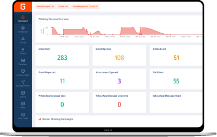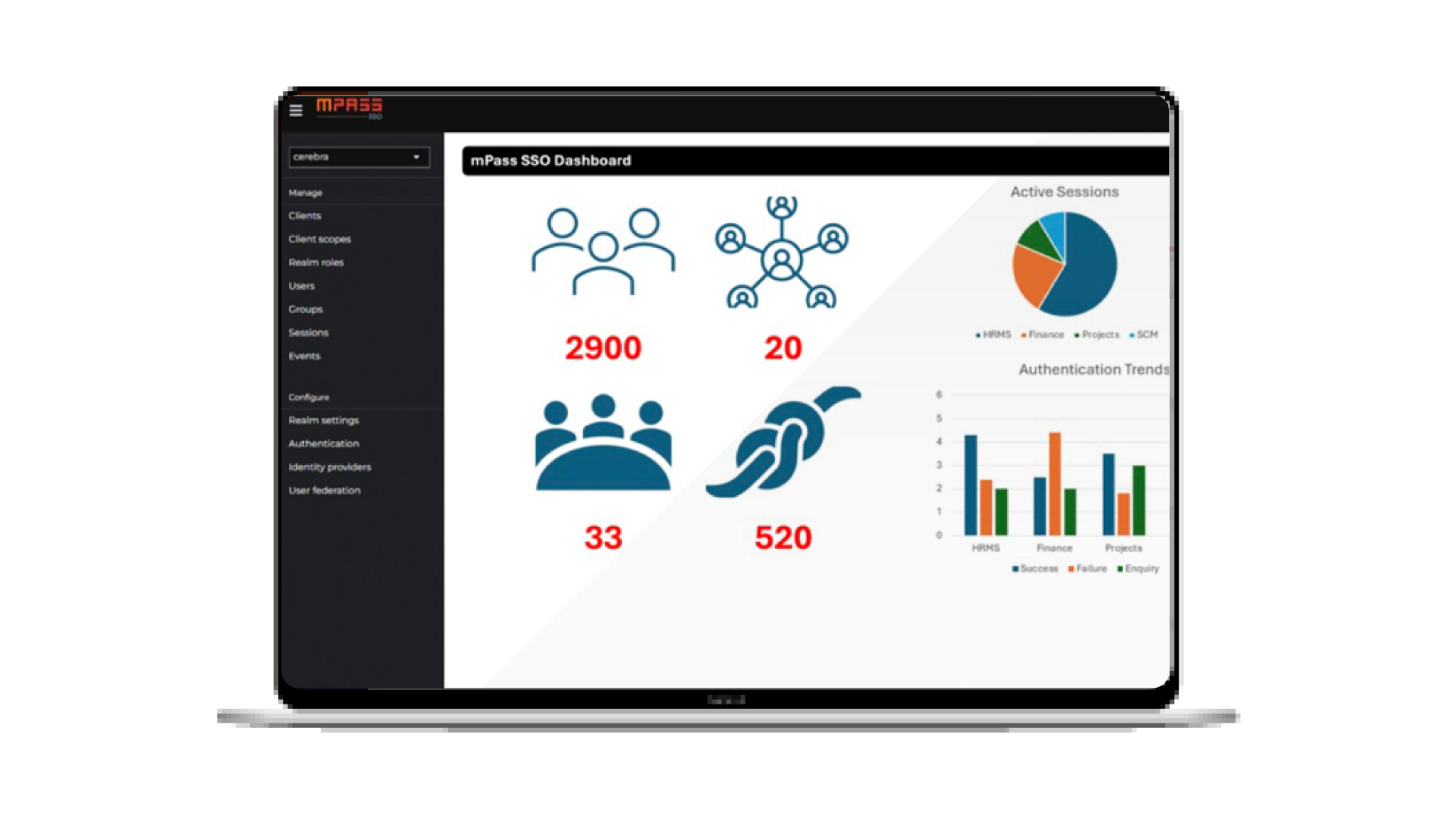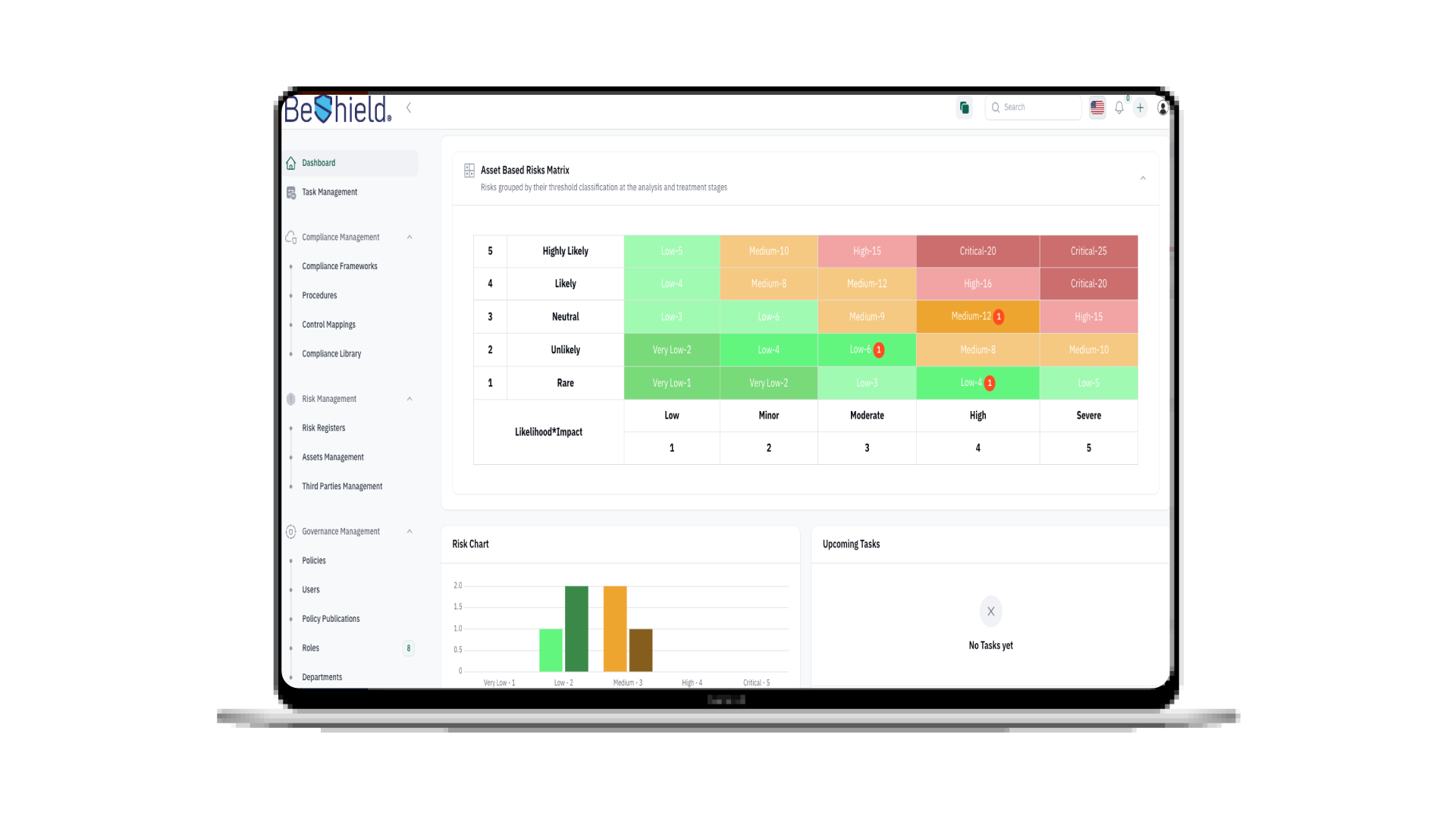With the hit of the global pandemic and its effect on the world, cyber criminals took this to their advantage and capitalized on it through implementing Cyber Threats.
Latest Cyber Threats After COVID19 Pandemic
From the beginning of 2020, people’s lives changed drastically but especially employees and students. Online schooling and working from home are now the new norm and people needed to make this new adjustment while experiencing new threats and tactics from cyber criminals.
Before the pandemic, cyber-attacks were a continuous issue for many but with more educational information on how to catch on to their tricks led to lower percentages of successful scams.

Cyber Threats tactics
The criminals have evolved with their tactics that align with the society’s current needs and weaknesses after the global epidemic, some of these tactics include:
Cyber Threats tactics 1- Ransomware
An investigations and risk consulting firm based in New York City revealed that ransomware is the top cyber threat that occurred in 2020, specifically after the Covid-19 hit.
Ransomware is a type of malware that prevents organizations from accessing their data unless a ransom is paid.
These attackers have been targeting hospitals and labs that are dealing with the newly occurring Covid-19 threatening to reveal the data they obtained despite knowing the pressure and responsibilities they are under.
In many cases, the organizations give in and pay the ransom to prevent further damage. Recently, healthcare organizations have been fighting back.
The United States and Europe were the ones who firstly experienced a wave of ransomware attacks on higher levels during these vulnerable times.
According to a Comparitech study, it was revealed that the attacks which occurred in the US during 2020 approximately cost them $21 billion.
One of the first major ransomware attacks that occurred during the beginning of Covid, was on Hammersmith Medicines Research company based in London, they were carrying out lab trials for potential vaccines.
They were threatened by cyber criminals declaring they will reveal patient’s information if the money was not transferred. Fortunately, with the help of police and their IT employees they were able to gain back control of their systems.
Cyber Threats tactics 2-Email Phishing
Email phishing is one of the most used types of attacks among cyber criminals. It is a cyber-attack where one receives an email believing it is from an organization or a trusted individual while in fact, they are imposters attempting to steal personal information.
The new topic these criminals are using to lure individuals into believing their emails are genuine is anything related to Covid-19, from campaigning for face masks to claiming that they are from WHO (World Health Organization) or the CDC (Center for Disease Control). Due to the face mask shortage at the beginning of Covid, receiving an email notification of available face masks was a miracle.
Many fell for this trick and became victims of email phishing. The emails disguised as from WHO contained links and attachments with updates surrounding Corona, a topic many were attentive to. This led to people clicking on the attachments oblivious to the harm that it can cause.

These cyber criminals have become more sophisticated with their new tactics in email phishing. Due to remote learning, they have been more focused on phishing students.
There have been emails sent disguised as the individual’s institute wanting information to update their university accounts and unfortunately, students provided them with that information not realizing they are complying to criminals.
Furthermore, with the recent discovery of the new Covid-19 Vaccine, many phishing emails have been sent regarding this news with an attachment or link claiming to be information or a form to sign to be able to receive the vaccine.
but in fact the attachments could install a malware or even key loggers which monitor the victim’s keystrokes and saves each number or word they type in.
With every recent change that occurs around the issue of Covid-19, attackers quickly adapt and find new ways to take advantage.
Cyber Threats tactics 3-Replication of Sites/ Push Notifications
This next tactic is the replication of government sites to Phish people into entering their personal and card information believing they will receive financial support due to being affected from the pandemic.
This tactic is successful in result of the financial loss people suffered from losing their jobs or their businesses being shut down. They insensitively capitalized on these peoples struggles and used it to their advantage to reach their goal.
Also, since students have begun remote online learning, these attackers took this into consideration and planned their next attacks. They created fake zoom links and notifications and sent them out with intent to install viruses or collect personal information.
In addition to that employees, which starting from 2020 were required to work from home, in America reaching 88% during that year (Gartner, Inc. 2020 survey of 800 global HR executives), are experiencing the same scams as students receiving Skype, zoom, teams, etc. notifications and links from their place of work but in reality, it is a trap.
What to Look out for cyber threats email protection?
Sign’s people should look out for to prevent any future damage include:
– When you receive an email make sure to double check the email domain its being sent from, because there are small details cyber criminals use to trick their victims. For example, when an individual receives an email from the World Health Organization, they would not use a public email domain such as “@hotmail.com”.
– Never download or open any unexpected or unsolicited attachments as they can contain viruses/malware.
– As for receiving push notifications or links to websites your familiar with do not hastily click it instead look out for misspellings which is a hint to their trap.
Conclusion
With the changes of working from home and the outbreak of the Covid-19 pandemic, cyber criminals took this to their advantage and found multiple new ways to phish information from society.
Due to people being anxious and in search for answers about the pandemic they tend to not check the source of the emails and messages they receive leading them to a be taken advantage of.
With the emergence of these new circumstances new attack tactics emerged as well.
Since these new tricks have been uncovered, hopefully online users are more aware and educated on this problem and stay updated with the recent attack vectors used by cyber criminals.
Don’t be a victim to their latest traps!
Share this article:
Popular

Revolutionize Enterprise Communication Platform with LinQ2
Revolutionize Enterprise Communication Platform with LinQ2 In today’s fast-paced business environment, enterprise communication platform is the backbone of success. Whether reaching customers, coordinating with employees, or automating notifications, having an effective enterprise communication platform is essential. Cerebra’s LinQ2 stands out as the ultimate solution, offering a multi-channel notification platform tailored for businesses of all sizes. Why Enterprise Communication Platform Is Essential for Business Growth? Efficient enterprise communication platform ensures businesses can stay connected with their customers and teams in real time. Poor communication systems often lead to missed opportunities, customer dissatisfaction, and delays in internal operations. Key Features of LinQ2 ...
11th Mar 2025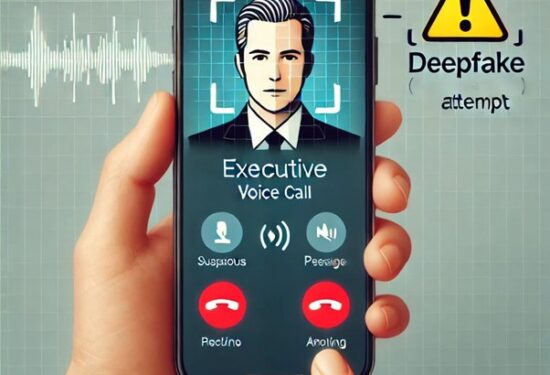
Deepfake in Phishing: Challenges and Solutions
In the era of advanced technologies, especially with the explosive adoption of Large Language Models (LLMs) and Generative Artificial Intelligence (GenAI), deepfake has emerged as one of the most significant challenges in cybersecurity. This technology relies on Artificial Intelligence, specifically deep learning and the use of GenAI, to create fake yet highly realistic content that is difficult to detect. Deepfake serves as a versatile tool spanning applications from entertainment to cybersecurity. However, its misuse can pose severe risks, especially in phishing schemes. What is Deepfake? Synthetic media refers to a technology that leverages deep learning algorithms to create ...
19th Dec 2024
AI Governance: Opportunities and Challenges in Cybersecurity
AI Governance: Opportunities and Challenges in Cybersecurity With the increasing reliance on AI technologies in various fields, AI Governance has become a key factor to ensure system integrity and data protection. This governance plays an essential role in enhancing confidence in modern technology and ensuring that it is used responsibly. It has been almost two years since OpenAI’s ChatGPT went viral, igniting widespread interest in artificial intelligence (AI) and setting off a wave of technological and investment growth in the field. Academic and technical investments in artificial intelligence: The advancements in AI since then have been staggering, with exponential increases ...
14th Nov 2024
Cyber Warfare Unveiled: Tracing the Journey from Espionage to Digital Combat
“Cyber Warfare: From Espionage to War A Journey Through Time” With the massive technological advancements, the boundaries of warfare have expanded to encompass cyberspace, where “cyber warfare” has emerged as an increasingly serious threat to individuals, institutions, and countries. The line between cyber and traditional wars has blurred for a while but recent activities in the region made it clear that cyberwars is becoming a dangerous and can lead to harming humans. In this blog, we will dive into a journey through the world of cyber warfare, seeking to understand its nature, history, impacts, types, evolution, and some solutions to ...
9th Oct 2024
Keeping Our Kids Safe Online
A Guide For Keeping Your Kids Safe Online Parents and all who are concerned about the well-being of our young kids in this digital world. Today we will discuss a topic of utmost importance: digital safety for kids. Yes, the Internet can be a very dangerous place for our young kids , especially with the spread of phishing scams. So, let us dive deeper and present to you, in this comprehensive article, a comprehensive guide on digital safety for kids. What every parent needs to pay attention to. Internet risks for kids: The internet has become a big part of ...
17th Jul 2024
Could you be hacked through Slack?
Could you be hacked through Slack? The usage of collaboration platforms such as Microsoft Teams and Slack has significantly increased, with nearly 80% of employees utilizing them. These platforms are designed to be convenient and easily manageable for daily conversations within organizations. However, what makes them easy and convenient also renders them vulnerable to cyber threats and attacks. In 2021, for instance, 780 gigabytes of data from the gaming giant Electronic Arts (EA) were breached through Slack! During the same year, a security vulnerability in Microsoft Teams was exploited to launch a widespread cyber attack on ...
12th Jun 2024
Tips To Be Cyber Protected While Traveling
Goodbye worry! A safe journey in the digital world With all the modern wonders of the digital world, we trust communication technologies on our journeys. There is no doubt that the travel experience is always more beautiful and enjoyable, but it can also pose a range of risks, especially when it comes to cybersecurity. Travelers may fall victim to phishing, Wi-Fi network spying, and theft of their personal data, which can make their journey filled with worries and tension. With the increasing prevalence of cyber threats, it is essential for travelers to follow some guidelines to protect their devices and ...
1st Apr 2024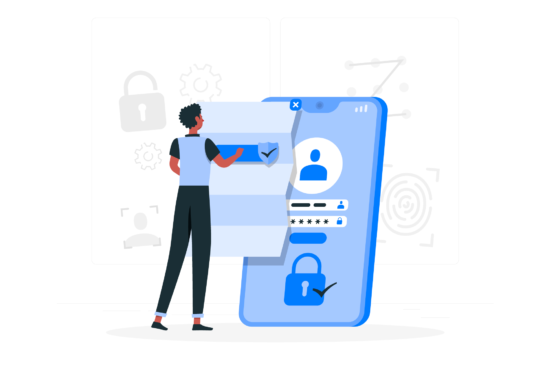
Push Authentication: A New Era in Multi-Factor Authentication
Want To Say Goodbye To Passwords and OTP Codes? Discover Push Authentication! It is easy for your password to be compromised through phishing attacks, even if it meets the cybersecurity strong password standards and is difficult to predict So we must get to know the technique of Push based Authentication. Some may recommend that you use Multi-Factor Authentication (MFA) to increase your security. Multi-Factor Authentication (MFA): MFA is the process of logging into your account through multiple steps. It requires you to enter more information, not just your password. But there is another obstacle that arises when using such ...
14th Feb 2024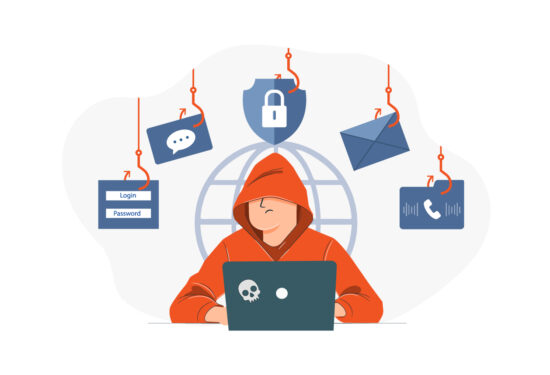
The Difference Between Phishing Attacks
The Difference Between Phishing Attacks Phishing attacks are harmful attacks used by criminals to steal personal and financial information from individuals and businesses. Attacks on individuals and businesses are becoming more common as we use the internet and technology more often in our daily lives. Phishing attacks involve the use of dishonesty and fraudulent methods to fool consumers into believing they are interacting with the trustworthiness of an unsuspecting destination, such as banks, email companies, or social media platforms. But what is the difference between phishing attacks? How can individuals and organizations protect themselves from such attacks? That is what ...
17th Jul 2023



